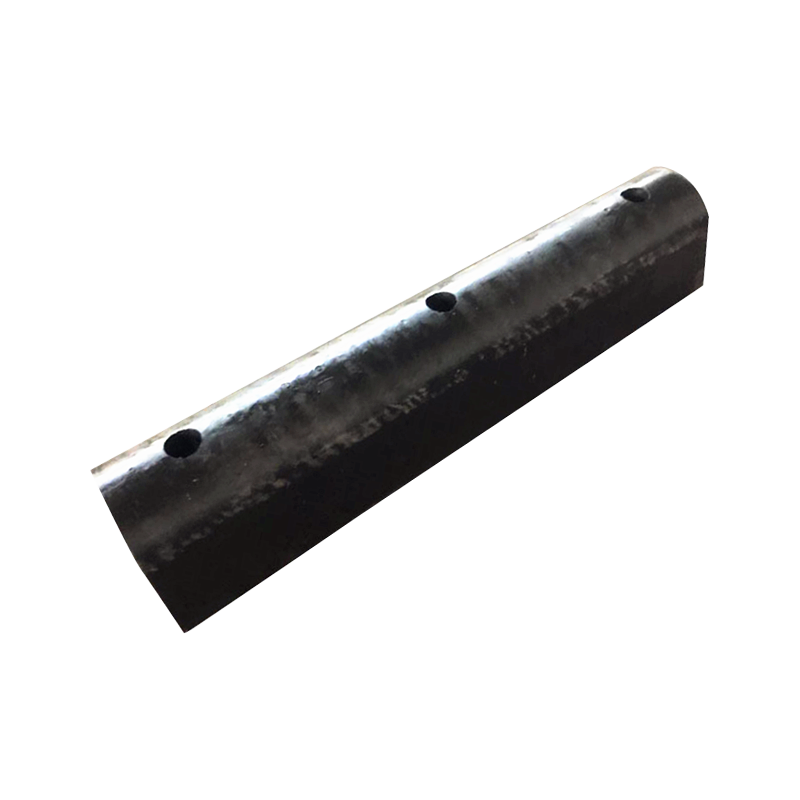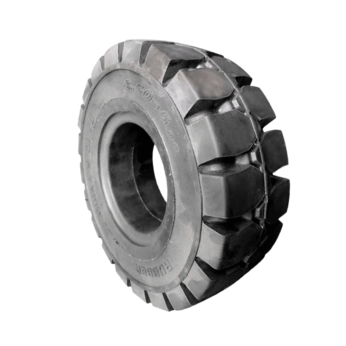In the dynamic world of maritime transport and harbor operations, ensuring the safety and protection of both vessels and docking structures is paramount. Among the various types of fendering systems used to mitigate the impact forces between ships and docks, the D-type rubber fender stands out as one of the widely adopted solutions. Its unique design and material properties have made it a vital component for safeguarding vessels, docks, and port infrastructure from potential damage during docking operations.

Impact Absorption and Energy Dissipation
The primary function of any fender system, including D-type rubber fenders, is to absorb and dissipate the kinetic energy generated when a vessel comes into contact with a dock or quay. Ships, particularly large ones, carry significant momentum when docking, and without proper energy absorption, this force can cause substantial damage to both the vessel and the dock. D-type rubber fenders excel in this role due to their specific design and material properties.
The D-shaped profile of these fenders — with a flat side against the dock and a curved side facing the vessel — allows them to effectively absorb impact energy and distribute the force evenly across a larger area. This results in less localized pressure and reduces the risk of damage to the ship's hull or the docking structure. By absorbing the impact energy, D-type fenders also prevent the need for costly repairs and downtime that might otherwise result from severe collisions.
Protection of Vessel and Docking Infrastructure
The safety of both the vessel and the docking infrastructure is critical for smooth port operations. Without an effective fendering system, even a minor collision could bring about severe damage. D-type rubber fenders are designed to provide reliable protection by acting as a cushion between the vessel and the dock. Their ability to absorb impacts significantly lowers the risk of hull damage, which could otherwise bring about expensive repairs or, in cases, cause significant disruptions to maritime operations.
Docking structures, such as piers, quay walls, and jetties, are also susceptible to damage from repeated impacts. These structures are typically made from materials like concrete, steel, or wood, which can degrade over time due to the constant friction and impact from ships. By absorbing the impact energy, D-type rubber fenders prevent undue wear and tear on the dock, extending the life of the infrastructure and reducing maintenance costs.
Cost-Effectiveness and Durability
D-type rubber fenders are not only functional but also cost-effective in the long term. Their ability to withstand repeated impacts without significant degradation means that they require minimal maintenance and have a long service life. The rubber compounds used in D-type fenders, including natural rubber and various synthetic rubbers like EPDM and SBR, are highly resistant to environmental elements such as UV radiation, ozone, and saltwater. This durability ensures that the fenders can perform effectively even in harsh marine environments, reducing the need for frequent replacements.
Furthermore, the relatively low initial cost of D-type fenders, coupled with their longevity, makes them a popular choice for both small and large-scale maritime operations. For commercial ports and harbors that handle large volumes of traffic, the cost savings resulting from the reduced need for repairs and replacements can be significant.
 View More
View More
 View More
View More
 View More
View More
 View More
View More
 View More
View More
 View More
View More
 View More
View More
 View More
View More
 View More
View More
 View More
View More
 View More
View More
 View More
View More